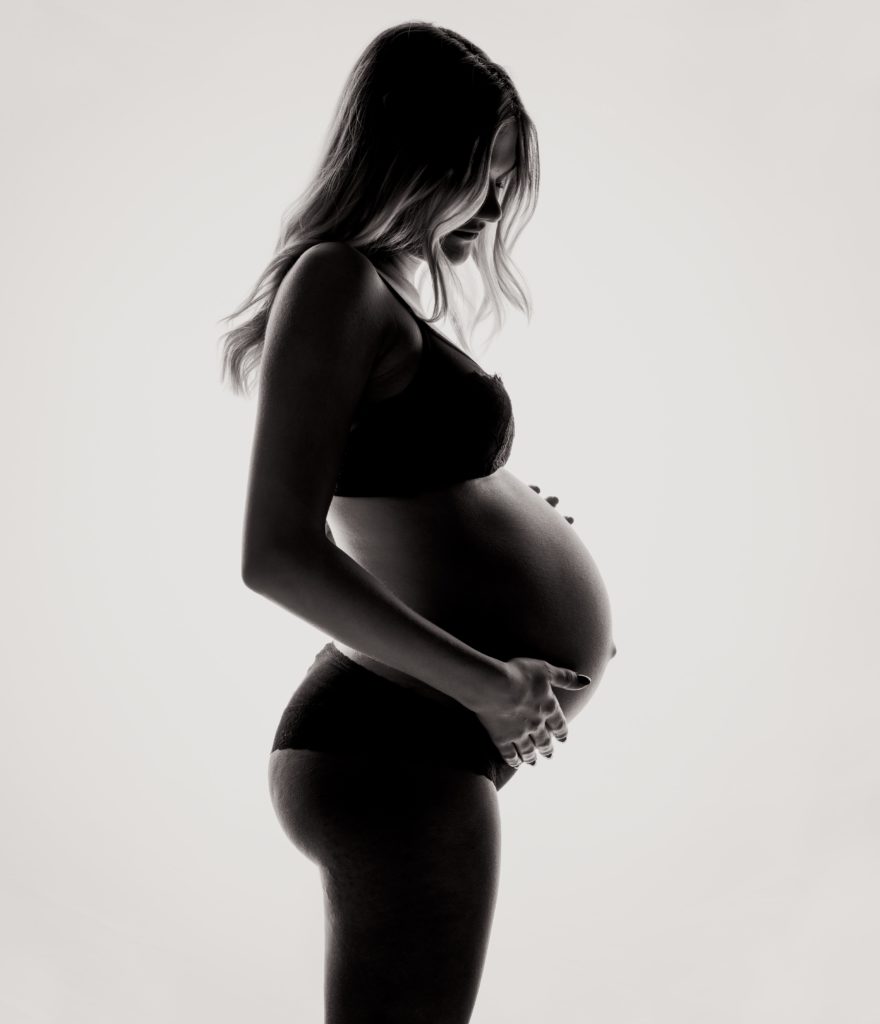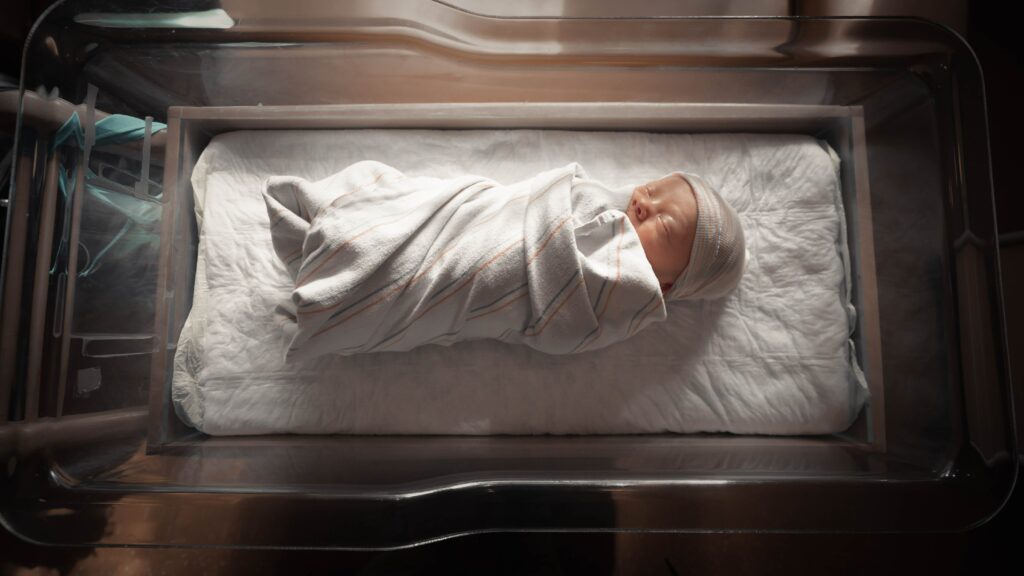When to Stop Working Your Abs During Pregnancy

A frequently asked question from pregnant clients IRL and over DM is when to stop working abs during pregnancy. Depending on who you ask, you’ll get a range of answers from, “immediately,” to “Never! If you did it before pregnancy, you could do it while pregnant.”
My POV is rooted in caution, and LONG TERM post-partum health.
While every woman, body, and pregnancy will be different, I believe a pregnant woman should stop working abs during pregnancy almost immediately.
Here’s why.
The Goal
IMO, pregnancy should be accompanied by three goals:
- Prioritize the health of the baby, and the wellness of the mother
- Maintain a safe and effective level of fitness or baseline level of movement
- Carry your pregnancy in a way that requires the LEAST amount of rehab postpartum
When you’re pregnant, your goal is NOT to have a “belly only pregnancy,” lose weight, gain minimal weight, set PR’s, or try something new. Okey? Whatever goal you were working towards before pregnancy or any injury or restriction you were trying to rehab before pregnancy is not addressed during pregnancy.
If you didn’t meet a strength or aesthetic based goal before getting knocked up, put it on the back burner. If something wasn’t firing or functioning properly before conception, it’s probably going to get worse during pregnancy. I’m NOT being negative. I’m being real. I’d venture to guess a goal or injury before pregnancy should take a seat for the duration of pregnancy, and the majority of your first year postpartum.
Your expectations have to be aligned with your season.
Your goal is to minimize your current restrictions or limitations and utilize the level of fitness you achieved BEFORE you became pregnant.
Think of your pre-baby body like a savings account. You’ve spent many months or years or however long contributing to your “account.” You can think of pregnancy as a type of retirement. You live off the “savings” you’ve acquired while you experience this season of life. You withdraw for nine months (some of us will withdraw more than others), but it’s temporary. Once you’re cleared for exercise again, you resume your contributions, and the rate you accrue interest directly correlates to how active you were before pregnancy.
WOW, THAT WAS LIKE A REALLY ROBUST FINANCE ANALOGY.
Does that make sense? That’s some long context to support my forthcoming POV.
What Happens To Your Abdominal Muscles When Pregnant
As mentioned, my POV is rooted in caution, and LONG TERM health and success. While every woman and pregnancy will be different, I believe traditional abdominal work should be excluded from a pregnant woman’s programming almost immediately.
Think about it. You’re pregnant. You’re creating a beautiful baby who will GROW. Your uterus will expand, and as a result, your belly will grow. Your skin and your fascia and tissue will stretch.
Like this:

Image via Knocked Up Fitness.
Assuming you’re doing abdominal flexion correctly, with every rep of an ab drill you’re STRENGTHENING and contracting those muscle fibers. An action that directly conflicts with the outcome of pregnancy – a growing belly. SO TAKE IT OUT.
Why?
The time you’re spending doing crunches could be spent doing squats, glute bridges, or diaphragmatic breath work which will help you in labor, and condition some of the largest muscles.
Time well spent, IMO.
To be clear, when I say flexion, I mean any drill that brings your chest closer to your hips, or your hips closer to your chest. Think, toe touches, jackknives, bicycle crunches, reverse crunches, leg lifts, and lowers, etc.
Once your belly pops, your goal is to keep it as round as possible by minimizing outward pressure on the uterus and abdominal wall. Outward pressure produces “tenting,” “coning,” or a “bulge.”

Another award-winning photo by yours truly.
Abdominal separation, or Diastasis Recti, is all but inevitable and is the result of abdominal musculature stretch weakness from increased tension from a growing uterus. A high population of women will experience spontaneous healing, but if you need to work to heal yours, fear not. It’s possible.
While you most likely can’t prevent it, you can avoid making it worse! How? You guessed it!! Stop working your abs during pregnancy!
Drills that exacerbate this tension:
- Planks, ab wheel rollouts
- Push-ups
- V-sits, v-ups, jackknives
- Crunches, sit up, roll-ups, doll downs, rolling like a ball
- Chin’s or pull-ups
That’s not an exclusive list, but a representation of front-loading drills.
Overhead presses, Squats, and deadlifts ARE front-loading drills, but if you de-load can be considered safe if you’re executing with perfect form.
The goal is NOT to have a “fit pregnancy” the goal is to have an active pregnancy, minimal rehab post-partum, and a safe and effective re-entry to fitness.
Read more on diastasis here, and here.
How to Maximize Your Time in the Gym Safely
Instead of doing something that doesn’t serve your pregnant or post-partum body, spend your time doing something that does! My favorite strength-building drills that are pregnancy safe include:
- Any squat variety*
- Any deadlift*
- Split squats, or Bulgarian split squats
- Assisted single-sided bent over rows
- Seated overhead press*
- Bodyweight glute bridges, frog pumps hip trusts
- Seated abductions
- Push-ups*
*There is the potential for these drills to apply outward pressure if executed with poor form OR if you’re going too heavy. Be mindful, and check your belly! If you see the coning then scale back.
In Conclusion
Your fitness while you’re pregnant will be different than any other season of your life and THAT’S OKAY. The outcome should match your goal, and the risk should be FAR less than the reward, which is your perfectly healthy baby. Take abs drills out of your fit pregnancy. The crunches can wait…and who knows…you may not even miss them. WINK.
Please DM me with any questions – that’s your best bet for a response!







Responses